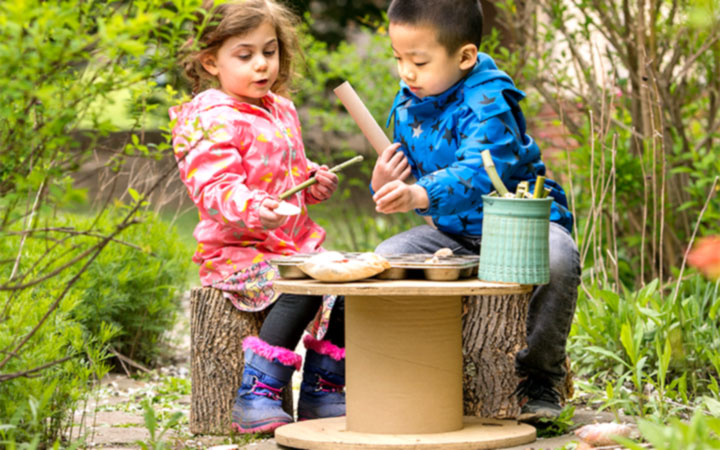Training resource
Play and the revised EYFS
Introduction by Anne O’Connor
The free e-book details how children’s play naturally fulfils the revised EYFS, and cross-references that play to the statutory guidance.
The guide is divided into sections based on the activity areas seen in most early years settings. Each section then gives sample observations, and says how the play that takes place meets the seven areas of learning and development. The guide is easy to use and will give practitioners the confidence to demonstrate compliance to Ofsted.Anne O’Connor, who wrote the introduction, says, “Observing children’s play is the only accurate way for practitioners to assess development across all areas of learning and to gauge the right levels of interaction and support that will enhance and extend the learning experience.”
The Daycare Trust has endorsed the book saying: “This booklet provides much useful and original advice on the ways that early years workers can organize the environment to help children develop and learn.”

Topics
Importance of play, Room design
Age
Use
More from Importance of play






